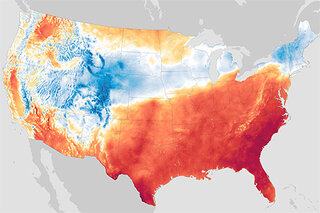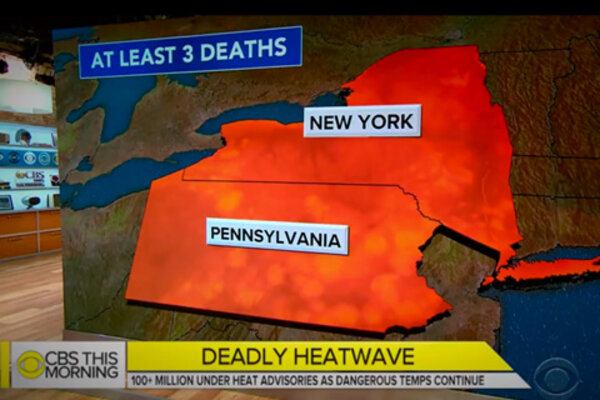
A new crop of studies funded by NOAA's Climate Program Office explores a range of questions about sea ice forecasting, including one of the most basic: how far ahead is it even possible to predict it?
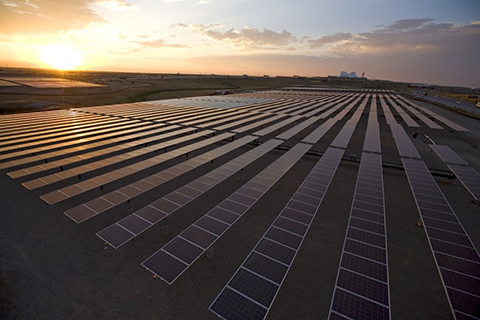
While we cannot stop global warming overnight, or even over the next several decades, we can slow the rate and limit the amount of global warming by reducing human emissions of heat-trapping gases and soot.
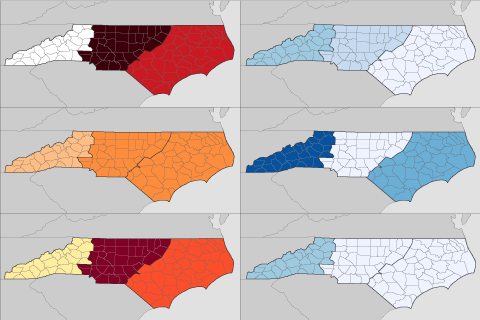
Women from states in the U.S. Southeast have the highest rates of premature deliveries in the country. Extreme heat plays a role.
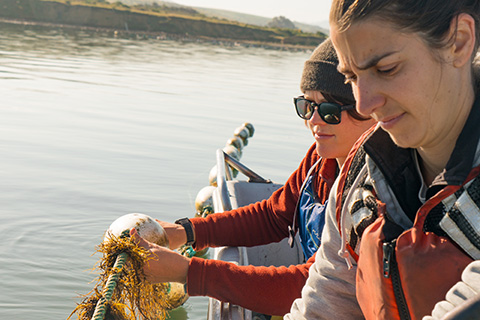
Looking for a sustainable alternative to harvesting wild seaweed, a small California company partnered with a commercial oyster grower to test-farm native seaweeds. The crop reduced pollution and buffered local ocean acidification.
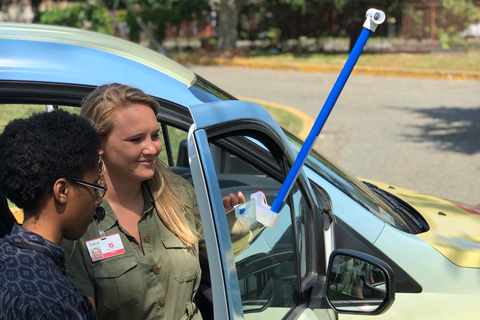
With specially designed sensors mounted on their own cars, volunteers in each city will drive pre-planned routes, recording heat and humidity as they go. Scientists will stitch their results into a detailed map showing the hottest parts of each city.
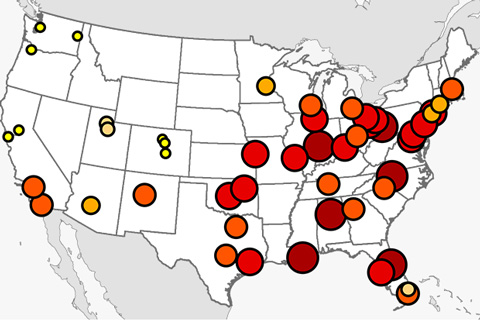
From extreme heat to infectious diseases, the impacts of human-caused global warming are a threat to human lives. According to the latest National Climate Assessment, thousands of lives could be saved in the U.S. by reducing greenhouse gases and improving resilience to climate change.
In North Carolina's Outer Banks, the coastal Town of Nags Head is vulnerable to flooding from heavy rain events, hurricanes, tropical storms, nor’easters, and storm surge. To add insult to injury, vulnerability is increasing with sea level rise. Town managers and residents recognized the need to build the town's resilience and moved forward to prioritize and plan.
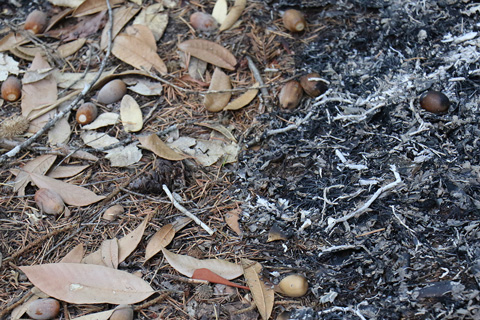
Members of the Karuk Tribe in northern California maintain that the age-old tradition of prescribed burning holds the answer to climate adaptation planning in the Klamath River range.
